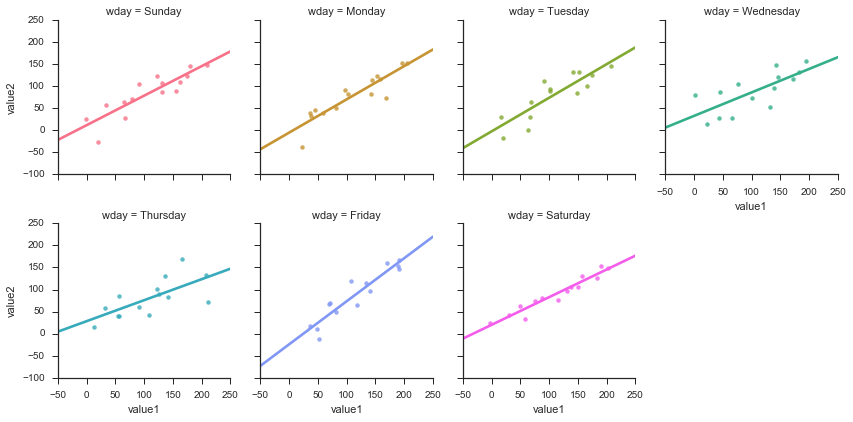
In this example, we have used the argument color=”purple” to make purple histogram as shown below. Sns.distplot(seattle_weather, kde=False, color="purple", bins=50) We can manually change the histogram color using the color argument inside distplot() function.
#SNS DISTPLOT RENAME X TICKS HOW TO#
Histogram without Density Line: Seaborn How to Change Histogram Color in Seaborn?īy dfault, Seaborn’s distplot() makes the histogram filling the bars in blue. This secondary axis can have a different scale than the main axis by providing both a forward. We can do this by making a child axes with only one axis visible via and. And also a frequency histogram will not have the density curve or density line over the histogram. Sometimes we want a secondary axis on a plot, for instance to convert radians to degrees on the same plot.

Check the y-axis, now we have counts instead of density as fractions. Now the histogram from distplot() is a frequency histogram. Sns.distplot(seattle_weather, kde=False, bins=100) We can make a frequency histogram with Seaborn distplot() using the argument kde=False. Changing the number of Bins in Histogram: Seaborn How to Make Frequency Histogram with Seaborn?įrequency histograms are often useful as it reveals the acutal number of data points in a bin directly from histogram. We can clearly see the differences in the shape of histogram between the Seaborn’s default number of bins and 100 bins. In this example, we have set the number of bins to 100 to make histogram with Seaborn’s distplot(). We can set the number of bins in a histogram we make with Seaborn using the bins argument to distplot() function. Similarly a histogram with a larger number of bins would show random variations. The shape of a histogram with a smaller number of bins would hide the pattern in a histogram. Setting the right number of bins is an important aspect of making a histogram. Histogram with Labels and Title: Seaborn How to Change the number of bins in a histogram with Seaborn? Now the histogram made by Seaborn looks much better. I will try to help you as soon as ('Seattle Weather Data', fontsize=18) As a result, the output is given as the xticks labels rotated by an angle o 45 degrees. Rotation is the counter-clockwise rotation angle of x-axis label text. They are generally used after the setxticks and. They are taken from the matplotlib library and can be used for seaborn plots.

These functions are used to provide custom labels for the plot. ‘Rotation 45’ is passed as an argument to the plt.xticks () function. Use the () and () Functions to Set the Axis Tick Labels on Seaborn Plots in Python. However, if you have any doubts or questions, do let me know in the comment section below. The plt.xticks () gets or sets the properties of tick locations and labels of the x-axis. Refer to this article for any queries related to the xticks() function. We can also keep the xticks off by not passing any argument to the matplotlib xticks() function.

And also how to rotate the xticks labels through the desired measure. We learned how to set xticks labels frequency and spacing between them.

In this article, we discussed various ways of implementing Matplotlib xticks() in Python programs. How to Clear Plot in Matplotlib Using clear() Method Conclusion Matplotlib tight_layout in Python with Examples Matplotlib pcolormesh in Python with Examples ‘Rotation = 45’ is passed as an argument to the plt.xticks() function. The plt.xticks() gets or sets the properties of tick locations and labels of the x-axis. In the above example, a ‘date’ array is defined containing the list of dates, which are the xticks labels for the plot.


 0 kommentar(er)
0 kommentar(er)
